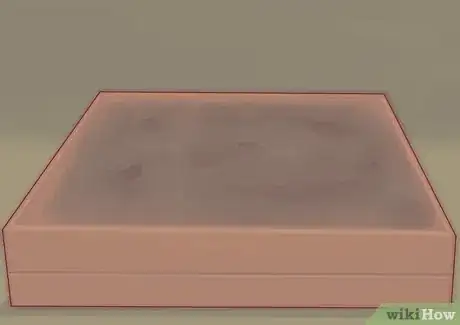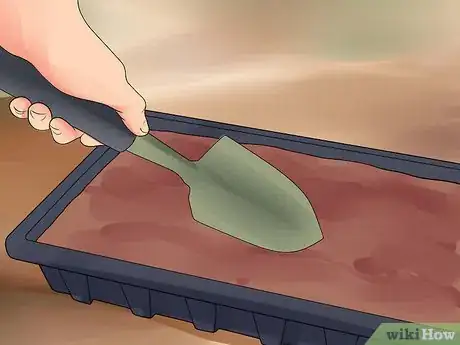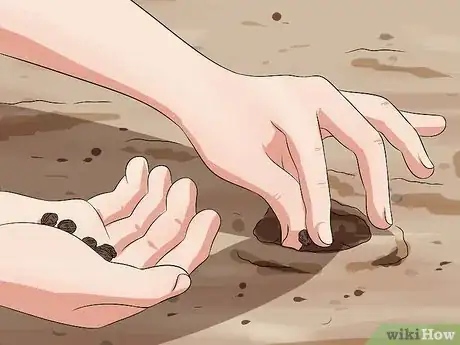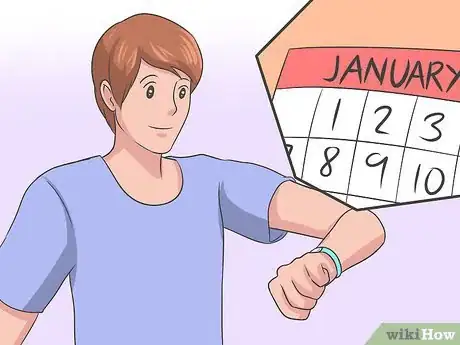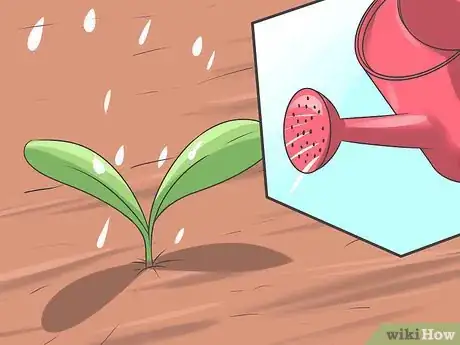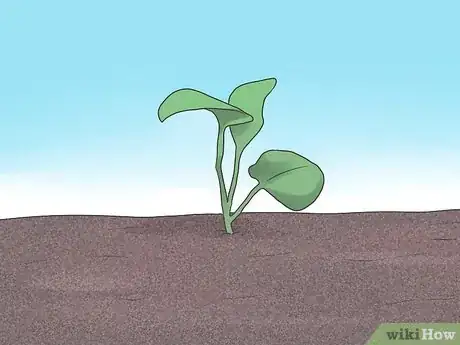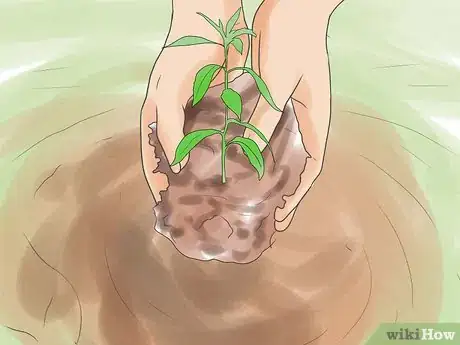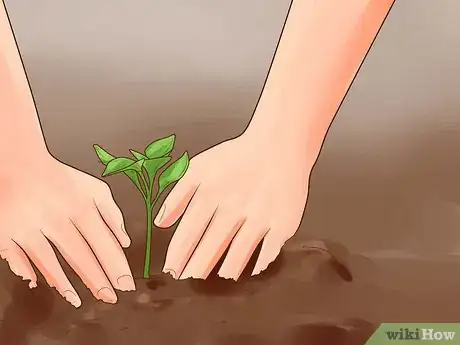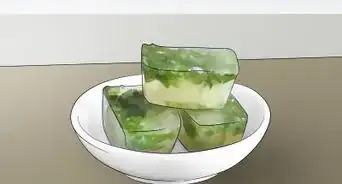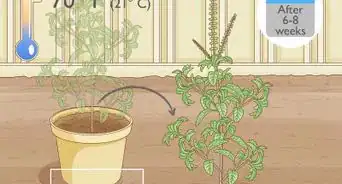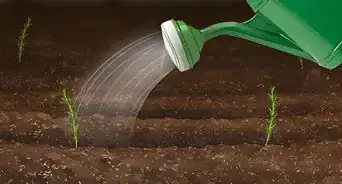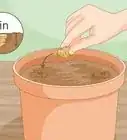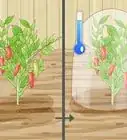X
wikiHow is a “wiki,” similar to Wikipedia, which means that many of our articles are co-written by multiple authors. To create this article, volunteer authors worked to edit and improve it over time.
This article has been viewed 20,221 times.
Learn more...
Growing basil from seeds can be a difficult challenge. Basil seedlings that do sprout die most of the time because of transplanting too early or too much/little water. Sometimes, basil seeds won't even germinate or sprout. This article will show you how to do all these things and ensure that your basil doesn't die after transplanting or during germination.
Steps
Part 1
Part 1 of 3:
Germinating the Seeds
-
1Get a big container with a lid that can fill smaller pots and poke air holes in it (unless it already has holes already).
-
2Fill your designated container with moist soil. You can use newspaper cups. Spray it with water to make the soil moist to the touch.Advertisement
-
3Place 1-5 seeds on top of the soil. Too many seeds will make the basil feel crowded not germinate. Basil seedlings are extremely tiny and have a hard time finding their way to the surface of the soil if covered with soil, so leave them uncovered.
-
4Place the container with the basil seeds in a spot where they will receive sunlight daily.
-
5Wait 3-4 days. Basil will usually sprout on the third day or anytime after. Only spray the soil with water when the soil is dry to the touch.
Advertisement
Part 2
Part 2 of 3:
Caring for the Seedlings
-
1Water them. After the seeds have germinated or sprouted, it is important to spray them daily to keep the humidity levels healthy inside the container.
-
2Examine the basil seedlings. The first two leaves that appear on basil (and every other seedling) are called "cotyledons". Cotyledons are actually part of the basils embryo. They help feed the plant nutrients because the seedling can not yet photosynthesize.
- The 2nd set of leaves that look very different from the cotyledons are known as the "true set of leaves". These leaves will photosynthesize for the plant.
-
3Wait before transplanting them. The longer you leave the basil seedlings in their container with humidity the better. Most basil seedlings will die because they are transplanted to soon. A perfect time to transplant them is when they have their third set of leaves.
- Before transplanting basil, a way you can double check that they are strong enough to be transplanted/moved out of the container with humidity is by opening the lid. Let all the humidity out of the container and leave the plants for a while. When you come back to check on them they should look as you left them. (If the basils bend or keel over put the lid back on and they will recover.)
Advertisement
Part 3
Part 3 of 3:
Caring for Transplanted Basil
-
1Water carefully. When basils are transplanted, watering is an important key to their survival. Anytime the soil is dry give the plants about an inch of water. Don't pour the water directly on them because they can be damaged easily.
-
2Look out for pests. The basil should not come across any pests, for example pests like aphids dislike their strong smell.
-
3If your basil keels/bends over and won't get back up, gently push it up with your finger. Add some dirt around the base so the basil doesn't fall over easily.
Advertisement
Warnings
- Do not transplant the basil seedlings until they have at least 2 sets of leaves or more⧼thumbs_response⧽
Advertisement
About This Article
Advertisement
